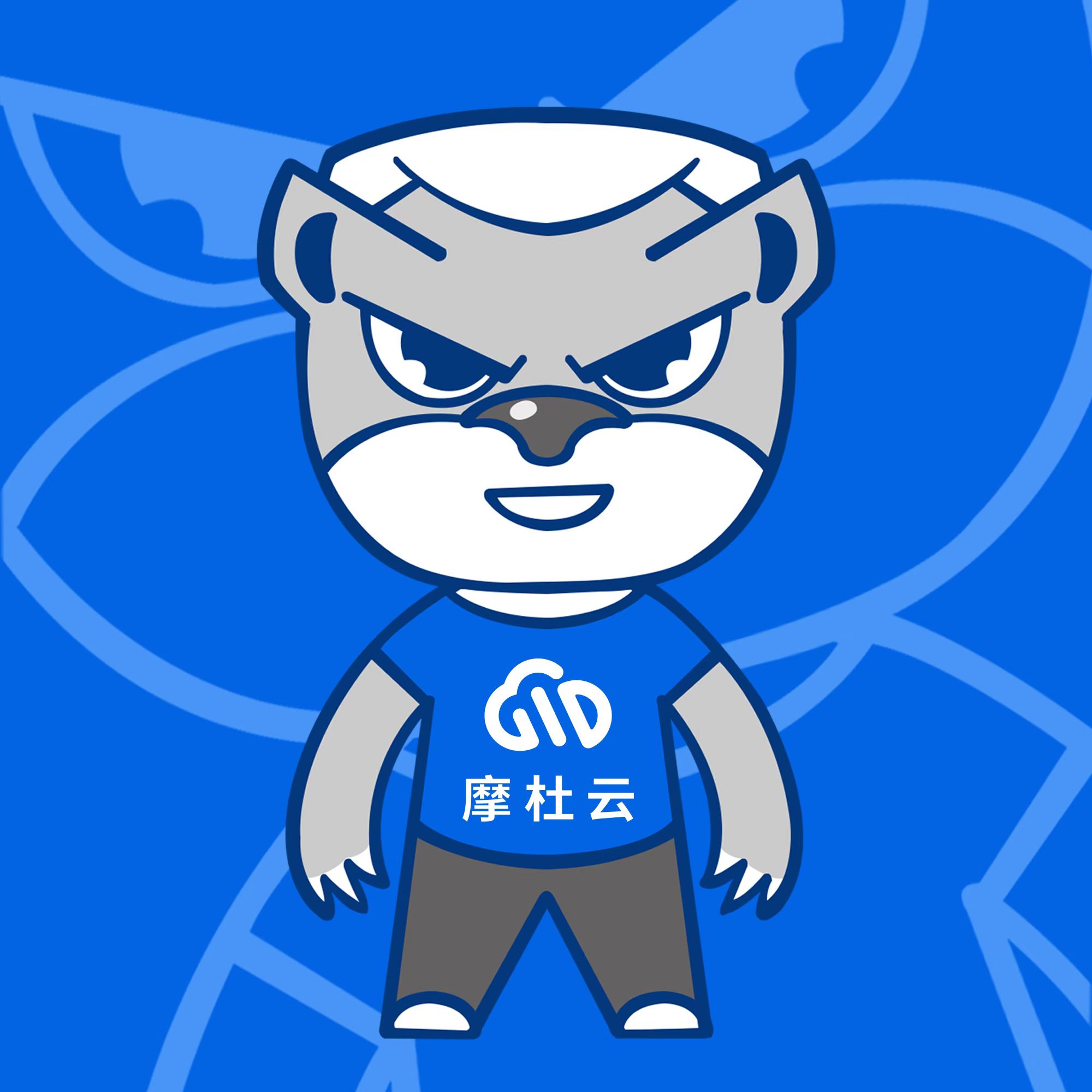本篇博客讲解:
1.第一个Cocos2d-x游戏
第一个Cocos2d-x游戏
创建工程
cocos工具:
就是这个,看图
命令工具cocos实现,cocos工具其实是cocos2d团队自己开发的。是使用Python脚本编写的,cocos工具的运行需要安装Python环境
(还会用到ant,eclipse等工具哦,后面介绍)
Python下载地址
需要注意的是它目前有Python3和Python2可以下载,我们选择Python 2,不要下载3,因为2和3语法有很大差别,cocos这个工具是使用2编写的,如果你使用了3,会在脚本编译就出问题
(我的源代码中有window的Python安装包)
下载->安装->配置环境变量(Path中添加Python根目录)
点击确定设置好。
因为你还没有设置其他环境变量,所以你需要到此目录下:
cocos2d-x-3.13.1\tools\cocos2d-console\bin
直接输入cmd回车
或者shift鼠标右键打开命令窗口,都行
如果你不知道怎么用,直接输入cocos会有帮助
终端中执行如下指令:
cocos new -p com.uifuture -l cpp -d E://chxCocosWork HelloWord
com.uifuture是包名,最好是写上(可以不写),因为在安卓发布打包需要
cpp是语言,表示生成c++语言,还有lua,js
E://chxCocosWork 为生成目录
HelloWord为工程名
如果你生成过程有问题,或者无法找到cocos命令,有可能是你的Path没有加进去,或者你使用的Python版本是3.X。
也可以用这种写法
cocos new HelloWord -p
com.uifuture -l cpp -d E://chxCocosWork
工程文件结构
生成的目录结构是这样的:
Resources文件夹是资源文件夹。
图片,声音,字体,字库等都在这个目录
Class目录是我们开发重点关注的文件夹,这里面都是cpp文件
其他的文件夹,基本都是和平台有关的
现在刚刚入门,我们不考虑平台移植的问题,现在只关心Class目录中文件的编写
打开目录proj.win32,使用VS打开项目。 (使用VS打开HelloWorld.sln即可)
还有一些其他的工程:
也就是说,HelloWord这个工程需要运行,需要依赖这些工程!
libcocos2d就是所有cocos2d的源码都是放在这个工程里面的,这个是和项目根目录cocos2d这个文件夹对应的
运行工程:(第一次编译可能需要较长时间)
左下角的一些数字,就是输出的帧;GL vwets就是绘制图形需要的顶点;GL calls 就是绘制的精灵的个数。右下角的按钮是菜单,你可以选择退出游戏
代码解释
我们看HelloWordScene.h
#ifndef __HELLOWORLD_SCENE_H__
#define __HELLOWORLD_SCENE_H__
#include "cocos2d.h"
class HelloWorld : public cocos2d::Layer
{
public:
static cocos2d::Scene* createScene();
virtual bool init();
// a selector callback
void menuCloseCallback(cocos2d::Ref* pSender);
// implement the "static create()" method manually
CREATE_FUNC(HelloWorld);
};
#endif // __HELLOWORLD_SCENE_H__
里面定义了一个类HelloWorld,继承了cocos2d::Layer(层)
虽然文件名叫HelloWordScene,Scene是场景,但是实际上里面的类是HelloWorld,实际上是层
创建层的同时会先创建层所在的场景,层是要放在场景里面的。
AppDelegate是一个应用程序委托对象,如果懂ios开发的,应该会对这个比较熟悉。
它的作用就是,应用程序启动的时候会调用它。
#ifndef _APP_DELEGATE_H_
#define _APP_DELEGATE_H_
#include "cocos2d.h"
/**
@brief The cocos2d Application.
Private inheritance here hides part of interface from Director.
*/
class AppDelegate : private cocos2d::Application
{
public:
AppDelegate();
virtual ~AppDelegate();
virtual void initGLContextAttrs();
/**
@brief Implement Director and Scene init code here.
@return true Initialize success, app continue.
@return false Initialize failed, app terminate.
*/
virtual bool applicationDidFinishLaunching();
/**
@brief Called when the application moves to the background
@param the pointer of the application
*/
virtual void applicationDidEnterBackground();
/**
@brief Called when the application reenters the foreground
@param the pointer of the application
*/
virtual void applicationWillEnterForeground();
};
#endif // _APP_DELEGATE_H_
applicationDidFinishLaunching 这个函数是在程序启动的时候会调用它,也就是在游戏启动的时候调用,一般进行游戏的初始化,比如游戏的导演啊,场景啊等在这里进行初始化。
applicationDidEnterBackground 是退到后台,就是点击home键,回到桌面。接电话或者跳到另一个应用程序去,都会调用这个函数。
applicationWillEnterForeground 是从后台重新回到前台,也就是从手机任务栏重新回到游戏,会调用这个函数
以上三个函数是和游戏的生命周期有关系的。
HelloWorldScene.cpp
#include "HelloWorldScene.h"
#include "SimpleAudioEngine.h"
USING_NS_CC;
Scene* HelloWorld::createScene()
{
// 创建场景对象
auto scene = Scene::create();
// 创建层对象
auto layer = HelloWorld::create();
// 把层放到场景里
scene->addChild(layer);
// 返回这个场景
return scene;
}
// on "init" you need to initialize your instance
// 初始化当前这个层
bool HelloWorld::init()
{
//////////////////////////////
// 1. super init first
if ( !Layer::init() )
{
return false;
}
auto visibleSize = Director::getInstance()->getVisibleSize();//得到屏幕的大小(可见区域大小)
Vec2 origin = Director::getInstance()->getVisibleOrigin();//得到可见区域大小的左下角坐标
/////////////////////////////
// 2. add a menu item with "X" image, which is clicked to quit the program
// you may modify it.
// add a "close" icon to exit the progress. it's an autorelease object
// 得到图片菜单 以及设置回调函数
auto closeItem = MenuItemImage::create(
"CloseNormal.png",
"CloseSelected.png",
CC_CALLBACK_1(HelloWorld::menuCloseCallback, this));
//关闭的按钮
closeItem->setPosition(Vec2(origin.x + visibleSize.width - closeItem->getContentSize().width/2 ,
origin.y + closeItem->getContentSize().height/2));
// create menu, it's an autorelease object
//把菜单项放到菜单里
auto menu = Menu::create(closeItem, NULL);
//指定菜单的位置 设置显示的坐标位置
menu->setPosition(Vec2::ZERO);
this->addChild(menu, 1);//把菜单放到当前层
/////////////////////////////
// 3. add your codes below...
//标签 也就是中间显示的那个文字 以及加载字体
auto label = Label::createWithTTF("Hello World", "fonts/Marker Felt.ttf", 24);
//指定标签的位置
label->setPosition(Vec2(origin.x + visibleSize.width/2,
origin.y + visibleSize.height - label->getContentSize().height));
//把标签加入到层中
this->addChild(label, 1);
//指定一个图片的精灵
auto sprite = Sprite::create("HelloWorld.png");
// 设置图片精灵的位置
sprite->setPosition(Vec2(visibleSize.width/2 + origin.x, visibleSize.height/2 + origin.y));
//把图片精灵加入到层中
this->addChild(sprite, 0);
return true;
}
//点击close菜单项来回调的
void HelloWorld::menuCloseCallback(Ref* pSender)
{
//Close the cocos2d-x game scene and quit the application
Director::getInstance()->end();
//条件编译 ,也就是满足条件就编译过去,如果不满足,就相当于注释了
#if (CC_TARGET_PLATFORM == CC_PLATFORM_IOS)
exit(0);
#endif
/*To navigate back to native iOS screen(if present) without quitting the application ,do not use Director::getInstance()->end() and exit(0) as given above,instead trigger a custom event created in RootViewController.mm as below*/
//EventCustom customEndEvent("game_scene_close_event");
//_eventDispatcher->dispatchEvent(&customEndEvent);
}
这样我们就得到一个能执行的HelloWord程序啦
因为cocos2dx项目工程太大,只上传Classes一些cpp文件啦,你可以手动把代码加入到你的cocos2dx项目工程中。
源代码下载地址:
GITHUB源码下载地址: 【点我进行下载】
作者:谙忆, 所有权利保留。。
欢迎转载,分享是进步的源泉。
